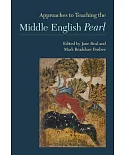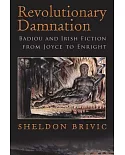French symbolist artist Odilon Redon (1840��916) seemed to thrive at the intersection of literature and art. Known as ��he painter-writer,��he drew on the works of Poe, Baudelaire, Flaubert,
and Mallarm矇 for his subject matter. And yet he concluded that visual art has nothing to do with literature. Examining this apparent contradiction, The Brush and the Pen transforms the
way we understand Redon's career and brings to life the interaction between writers and artists in fin-de-si癡cle Paris.
Dario Gamboni tracks Redon's evolution from collaboration with the writers of symbolism and decadence to a defense of the autonomy of the visual arts. He argues that Redon's conversion was
the symptom of a mounting crisis in the relationship between artists and writers, provoked at the turn of the century by the growing power of art criticism that foreshadowed the modernist
separation of the arts into intractable fields. In addition to being a distinguished study of this provocative artist, The Brush and the Pen offers a critical reappraisal of the
interaction of art, writing, criticism, and government institutions in late nineteenth-century France.





















